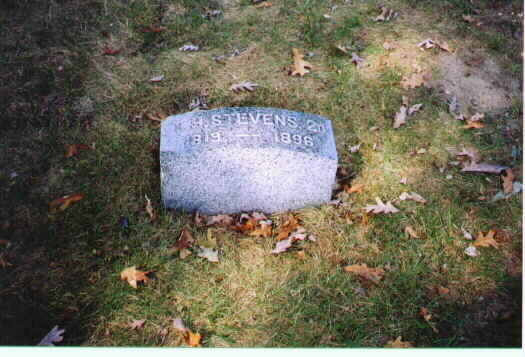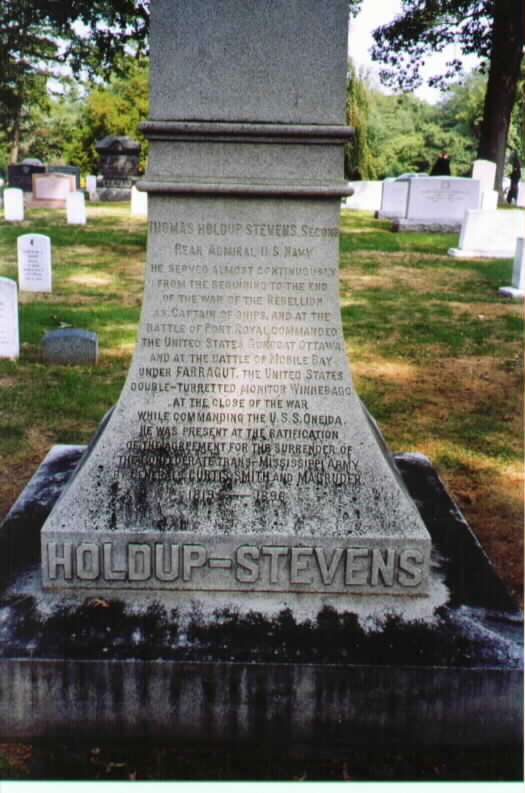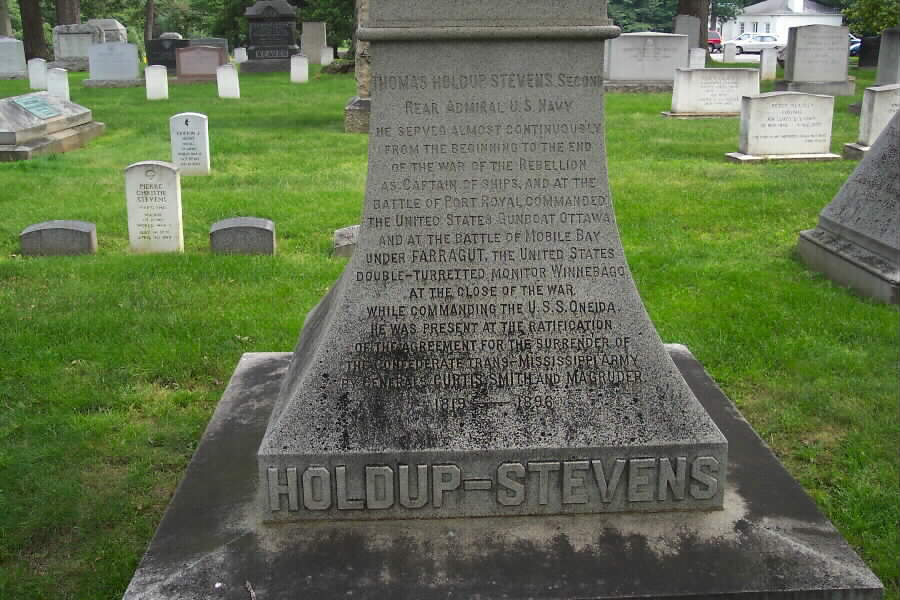Born at Middletown, Connecticut, on May 27, 1819, the son of a noted US Navy Officer. He entered the US Naval Academy as a midshipman in December 1836.
After a cruise on the USS Independence in 1838-41, he was promoted to passed midshipman in July 1842, and for a short time after that he was a naval aide to President John Tyler.
He then performed survey work in the Gulf of Mexico and on Lake Erie and was a naval storekeeper in Hawaii. He survived the wreck of a Chilian ship at Christmas Island while returning to the United States and was promoted to Lieutenant that same year (1849).
During the Civil War, he was in command of the gunboat Ottawa and took part with other gunboats, under the command of John Rodgers in driving off the Confederate flotilla on November 4, 1861 and in an attack on Fort Walker three days later.
In September 1862, he was assigned to the “Flying Squadron” under Charles Wilkes, operating in the Caribbean. In 1864 he took part in the Battle of Mobile Bay under David Dixon Porter.
He was promoted to Captain in 1866 and was a lighthouse inspector from 1867 to 1870. He was advanced to Commodore in November 1872 and served at the Norfolk Navy Yard from 1873 to 1880, receiving promotion to Rear Admiral in October 1879. He commanded the Pacific Squadron in 1880-81 and retired in May 1881.
He died at Rockville, Maryland, on May 15, 1896 and was buried in Section 1 of Arlington National Cemetery.


Michael Robert Patterson was born in Arlington and is the son of a former officer of the US Army. So it was no wonder that sooner or later his interests drew him to American history and especially to American military history. Many of his articles can be found on renowned portals like the New York Times, Washingtonpost or Wikipedia.
Reviewed by: Michael Howard

